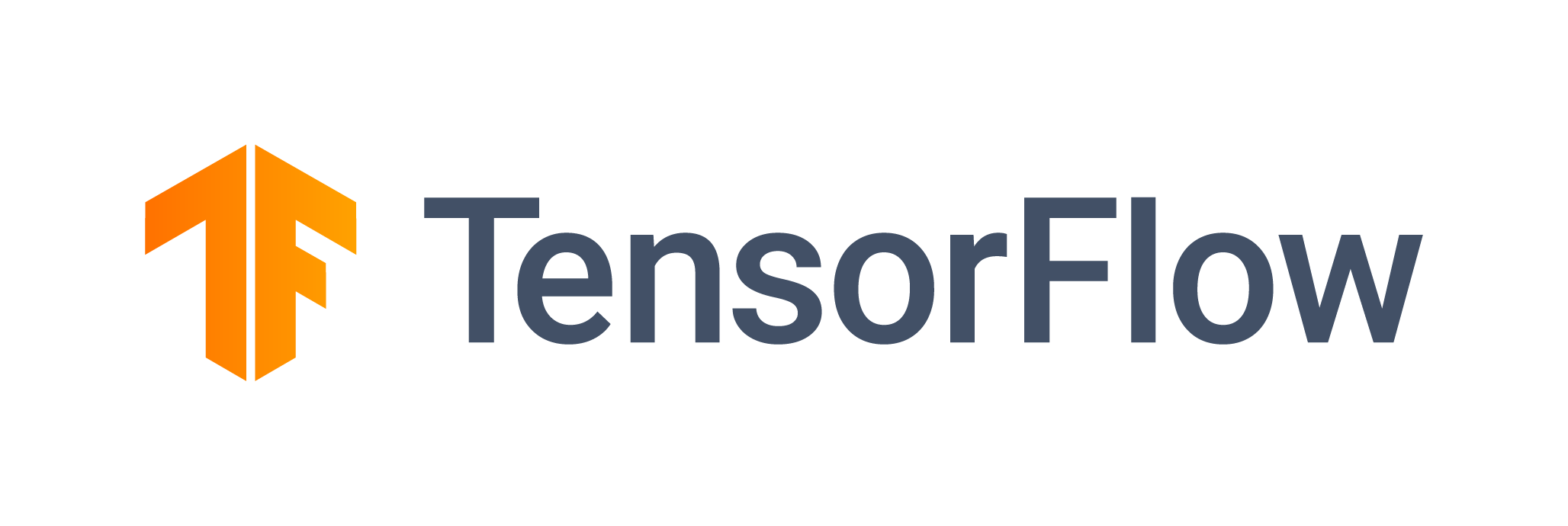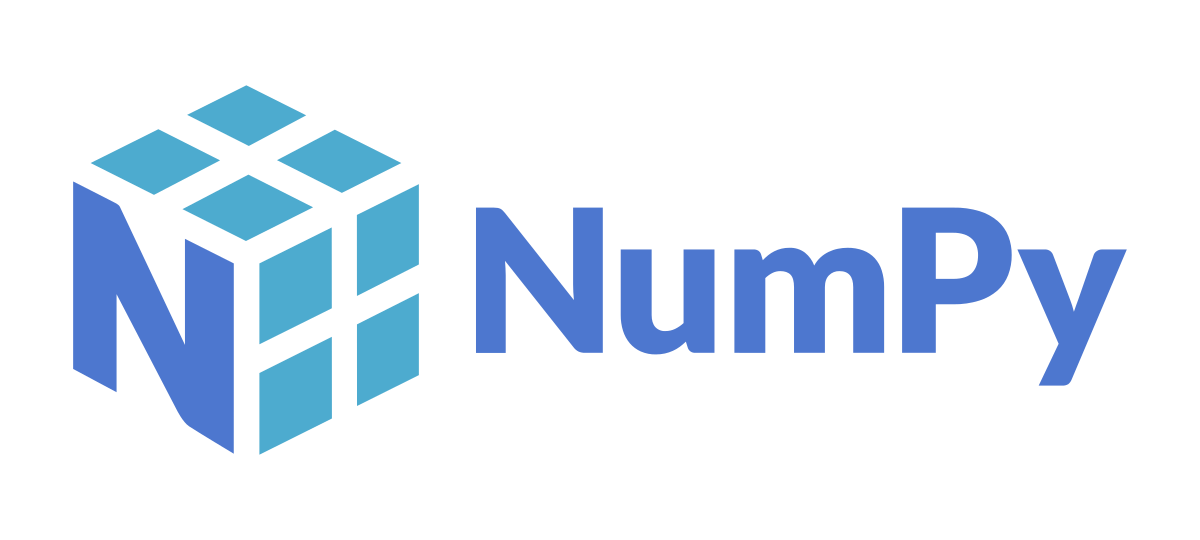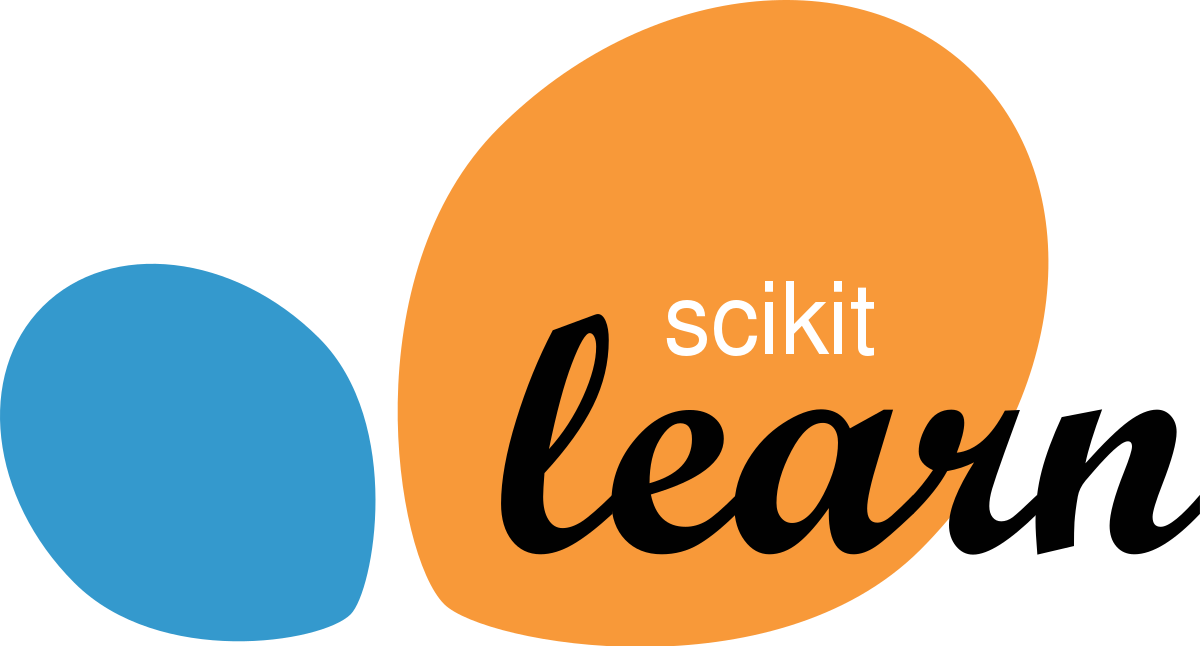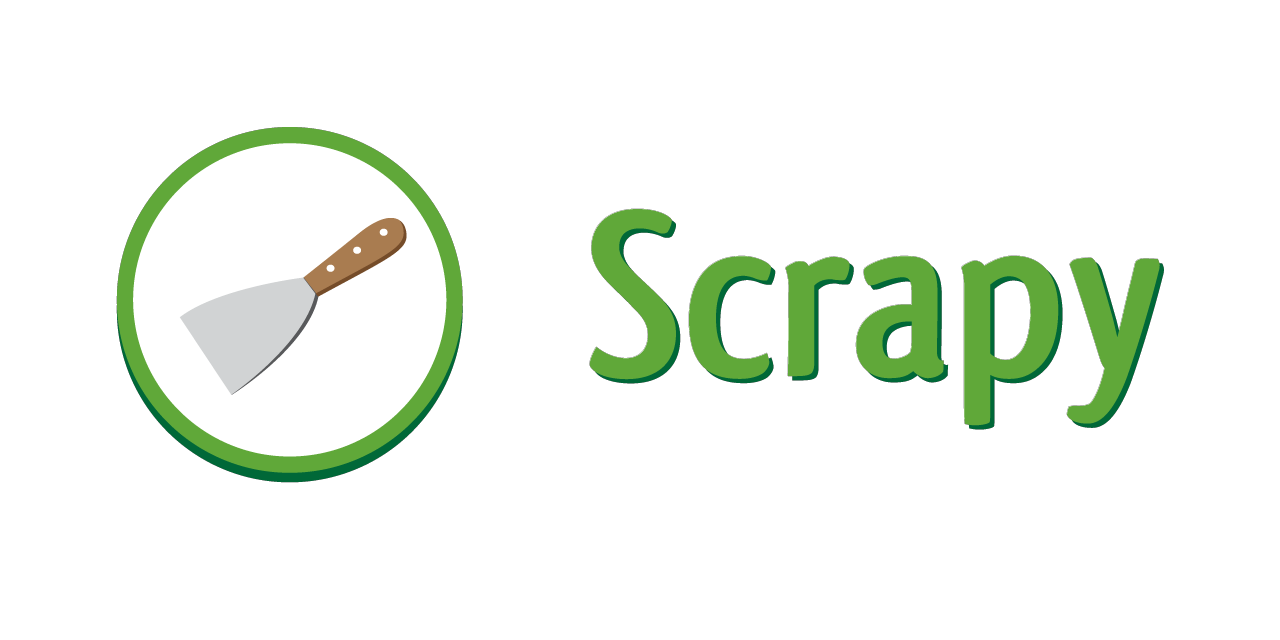Data is the new gold, and data scientists are the new goldsmith. Companies all around the globe are getting good at fine-tuning their special skills. They want to sell more, make more customers happy, and earn money more easily.
Data scientists play a big role in all of this. They’re like the heroes who help companies make sense of their data. According to Glassdoor, there are way more Data Scientist jobs now, and they get paid around $120,931 on average.
Data science frameworks are like super tools for data scientists. They help them sort, work with, create models, and understand data much faster and better.
The best part is that you don’t have to be a coding wizard to use these frameworks. You can be an expert in solving real-world problems without being a coding expert. Most data pros use at least one machine learning framework, which makes their job easier and more efficient.
Content Outline
What is Data Science Framework?
A data science framework is a set of tools, libraries, and pre-written code that helps data scientists collect, organize, process, and analyze data more effectively and efficiently. These frameworks provide a structured way to work with data, making building models, drawing insights, and solving complex problems easier.
Data science frameworks often include machine learning and data manipulation libraries, which empower data scientists to work with large datasets and extract valuable information without having to start from scratch in coding.
They simplify and streamline the data science process, allowing professionals to focus on solving real-world challenges rather than writing every piece of code from scratch.
If you’re curious to learn about data science, check out my Datacamp Review which is a comprehensive course provider.
Best Data Science Frameworks
Let’s look at the popular data science frameworks as suggested by Data Scientists:
1. TensorFlow

TensorFlow is a free machine-learning tool made by Google. It’s good at working with numbers and data flow graphs.
TensorFlow is a complete machine-learning platform with lots of helpful tools and libraries. It’s like a big toolbox for building machine-learning applications. People from all over the world share their knowledge and tools to make it even better.
You can use TensorFlow to mix different types of data, like tables, graphs, and pictures. It’s also open-source, which means it’s free and always improving. It was originally made by the Google Brain Team. Companies like Nvidia, Uber, Intel, Twitter, PayPal, Airbnb, Snapchat, and Gmail use TensorFlow.
Quick features:
- Versatility: TensorFlow is super flexible. You can use it for all machine learning tasks, from recognizing pictures to making predictions. It’s like a toolbox with tools for different jobs.
- Open Source: It’s free and open to everyone. This means lots of people can work on it and make it better. You don’t have to pay to use it.
- Scalability: Whether you’re working on a small project or a huge one, TensorFlow can handle it. It’s great for handling lots of data and complex tasks.
2. Numpy

Think of NumPy as a toolbox for doing math with Python. It’s like having powerful tools to work with numbers and matrices. You can use it by itself or team it up with other tools like TensorFlow or Theano to perform complex numerical calculations.
You can do regular math, complex math like linear algebra, or Fourier Transforms, and even create random numbers. It’s like having a math wizard in your Python toolkit.
But there’s more! NumPy is friendly with old code written in C and Fortran. You can use your grandpa’s code in your Python projects without too much trouble.
That’s why lots of smart folks think NumPy is the best for scientific math in Python. Even big players like NASA and Google use it for their number-crunching adventures!
Quick features:
- It is an efficient array for storing and manipulating numeric data.
- It has got rich functions for Linear Algebra, Statistics, Fourier Transforms, and random number generation.
- NumPy offers a wide variety of math functions for working with arrays.
3. Scikit-Learn

Scikit-learn is a valuable asset of machine-learning tools in Python. It’s built on top of another powerful library called SciPy. Inside this, you’ll find all kind of tools for machine learning, like ways to sort things into groups, make predictions, and more.
But here’s the best part: Scikit-learn can organize these tools into a set of steps, like a recipe. These steps can do things to the data and then make predictions. It’s like following a recipe to create a machine-learning model.
Scikit-Learn is great for everyone, whether you’re a seasoned data scientist or just starting with machine learning. It’s well-documented, which means it’s easy to learn and use. Plus, there’s a big and helpful community around Scikit-Learn.
Quick Features:
- Access to a wide range of algorithms, including both traditional and deep learning models.
- Easy data preprocessing and normalization.
- Ability to handle both numerical and categorical data.
4. Keras

Keras is a top-notch API that is used for creating complex neural networks. With a few lines of code, you can add new layers, models, and optimizers and train the models. The core data structure is tensor and provides a multi-dimensional array. The Python framework provides various functions for pre-processing, data loading and visualizing the results.
Keras is a fantastic tool for your projects, especially if you’re into trying out data science ideas without any trouble. It helps you build smart systems, like neural networks, with ease.
And guess what? Big names like Uber, Netflix, Freeosk, Yelp, Wells Fargo, and NASCENT Technology use Keras.
Quick Features:
- It runs seamlessly on any CPU and GPU.
- There are more than 10 pre-trained image classification models.
- It offers quick and easy prototyping.
5. Shogun
Shogun, an open-source machine learning library, empowers users with a wide array of algorithms for data analysis and predictive modeling. It’s written in C++ and connects with multiple programming languages, including Python.
Shogun prioritizes efficiency and scalability, accommodating both linear and nonlinear models. It also provides various data preprocessing features like feature selection and dimensionality reduction.
This versatility makes Shogun suitable for image classification and text mining tasks. It stays current with ongoing updates, continually improving and earning its place among the top Python frameworks.
Quick Features:
- It supports a wide range of classification, regression, and clustering algorithms.
- Supports streaming data and online learning.
- Supports various data types such as real-valued, sequence, graph, and text data.
6. SciPy

As a data scientist, you often work on tasks like statistics, data visualization, and machine learning. While there are various tools available for these tasks, SciPy is a powerful Python framework that can make your work more effective.
SciPy is a set of modules that provide functions for scientific computing. It covers linear algebra, optimization, integration, and statistics.
SciPy also offers strong support for data visualization and machine learning. This makes it a crucial tool for data scientists, enabling them to work more efficiently and tap into the full potential of their data.
Quick Features:
- The framework offers various modules and performs functions that include Optimization, Linear algebra, Integration, Interpolation, and Statistics.
- It also allows to integrate with other third-party packages to extend the functionality.
- It is completely open-sourced and comprises tools for scientific computing, numerical analysis, and Machine learning.
7. Scrapy

Scrapy, as a robust Python framework, simplifies the process of web scraping, allowing users to extract data from websites and online sources effortlessly.
Scrapy functions by navigating websites and collecting the desired information. This extracted data serves multiple purposes, from building databases to generating reports.
For data scientists, Scrapy is a valuable tool for swiftly and efficiently gathering the data required for analysis. Its speed and efficiency are designed to make web scraping more accessible, offering features like automated link following and data extraction from multiple pages, streamlining the process.
Quick Features:
- Easy-to-use interface even for new programmers.
- Flexible framework and offers reliable API integration.
- You can even use it to extract data from the static as well as the dynamic pages.
8. PyTorch

Developed by Facebook’s Artificial Intelligence research group, PyTorch is a significant software tool and a strong contender alongside TensorFlow. What sets PyTorch apart is its dynamic computational graph, which can be updated as the program runs. This flexibility allows for real-time changes to the architecture being processed.
PyTorch’s success is also attributed to its ease of use, simple API, and efficiency. It’s an excellent choice for training models in various tasks like object detection, research, and production operations.
Major companies such as Salesforce, Stanford University, Udacity, and Microsoft rely on PyTorch for their data science applications.
Quick Features:
- Intuitive and feature-rich API for developing complex projects.
- The framework offers tools for debugging and optimization.
- It also offers interaction with other Python libraries.
9. Theano

Theano is a powerful Python library designed for defining, optimizing, and evaluating mathematical operations on multi-dimensional arrays. It is also well-suited for creating efficient machine learning models.
What sets Theano apart is its remarkable ability to optimize code for speed. This optimization is crucial in data science projects where there’s a need for computationally intensive operations to be performed repeatedly.
Theano excels in GPU computing, enhancing code execution speed. Moreover, it offers a range of built-in mathematical functions, simplifying numerical operations on arrays. This makes it a valuable tool for data scientists and machine learning practitioners.
Quick Features:
- Theano can automatically calculate gradients of mathematical expressions concerning variables. This is valuable for tasks like gradient-based optimization in machine learning.
- Theano can tap into the computing capabilities of NVIDIA GPUs, which significantly accelerates matrix operations. This is particularly beneficial when handling substantial datasets and complex calculations.
- Theano is written in portable Python code and is compatible with various platforms. It’s also extensible, allowing users to define their custom operations, making it versatile for different applications and needs.
10. Chainer

Chainer is a Python framework for data science, initially developed by a robotics startup in Tokyo. It distinguishes itself by its speed, outperforming frameworks like TensorFlow.
One of Chainer’s notable features is its “define-by-run” neural network definition, which aids in debugging neural networks. This approach allows you to modify the network structure as you go, making identifying and fixing issues easier.
Chainer supports CUDA implementation, enabling you to leverage the power of multiple GPUs with minimal effort, which is particularly valuable for training deep learning models efficiently.
Quick Features:
- Easy GPU integration
- Simplified neural network debugging
- Support for various neural network types
Conclusion
Python stands out as a versatile programming language loved by data scientists. It’s popular because you can use it for all sorts of tasks, from managing data to teaching computers to learn. What sets Python apart is its framework.
Python supercharges your work and keeps your code clean. You can try these frameworks and test them out for your future projects.
